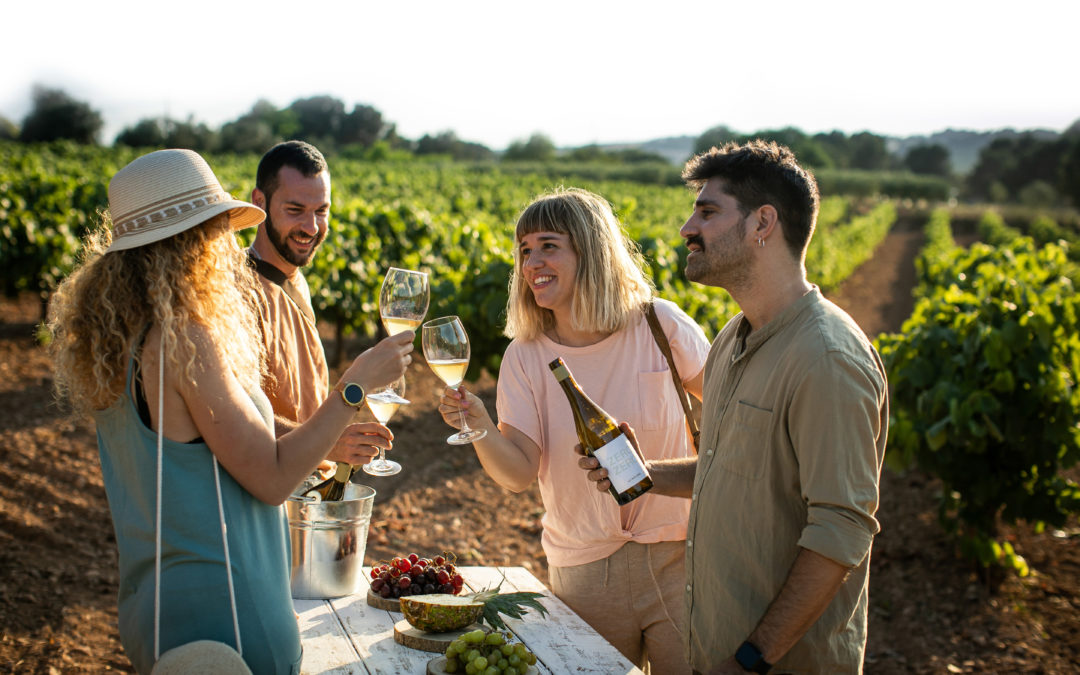Like a fine wine, this interview has been edited for clarity.
Light cherry red in color, warm aromatic notes of strawberry compote and subtle hints of baking spice— if you didn’t know any better, you’d think it was just another glass of red wine. That’s the beauty of Bodegas Aroa’s Zero Zero, an innovative addition to the Le Naturel family from Navarra, Spain. It looks, acts, and tastes deceptively similar to their other organic wines, but with one small twist. The alcohol has been completely removed.
Zero Zero was born out of a desire to provide worthy alternatives for anyone choosing not to drink. And it couldn’t have come at a better time, with no and low-alcohol sales on the steady rise. Between August 2021 and 2022, non-alcoholic wine accounted for over $52 million in market value, taking up more than 13% of low and no-alcohol wine sales. But while other NA options like beer have had their time to shine (NA O’Doul’s with a side of the 90’s, anyone?), dealcoholized wine is a relatively new, technologically manifold product. We talked to Bodegas Aroa’s Research and Development lead, Pedro Balda, about the intricacies of their process.
Pedro Balda holds a PHD in Enology and is the estate’s expert on climate change and sustainability
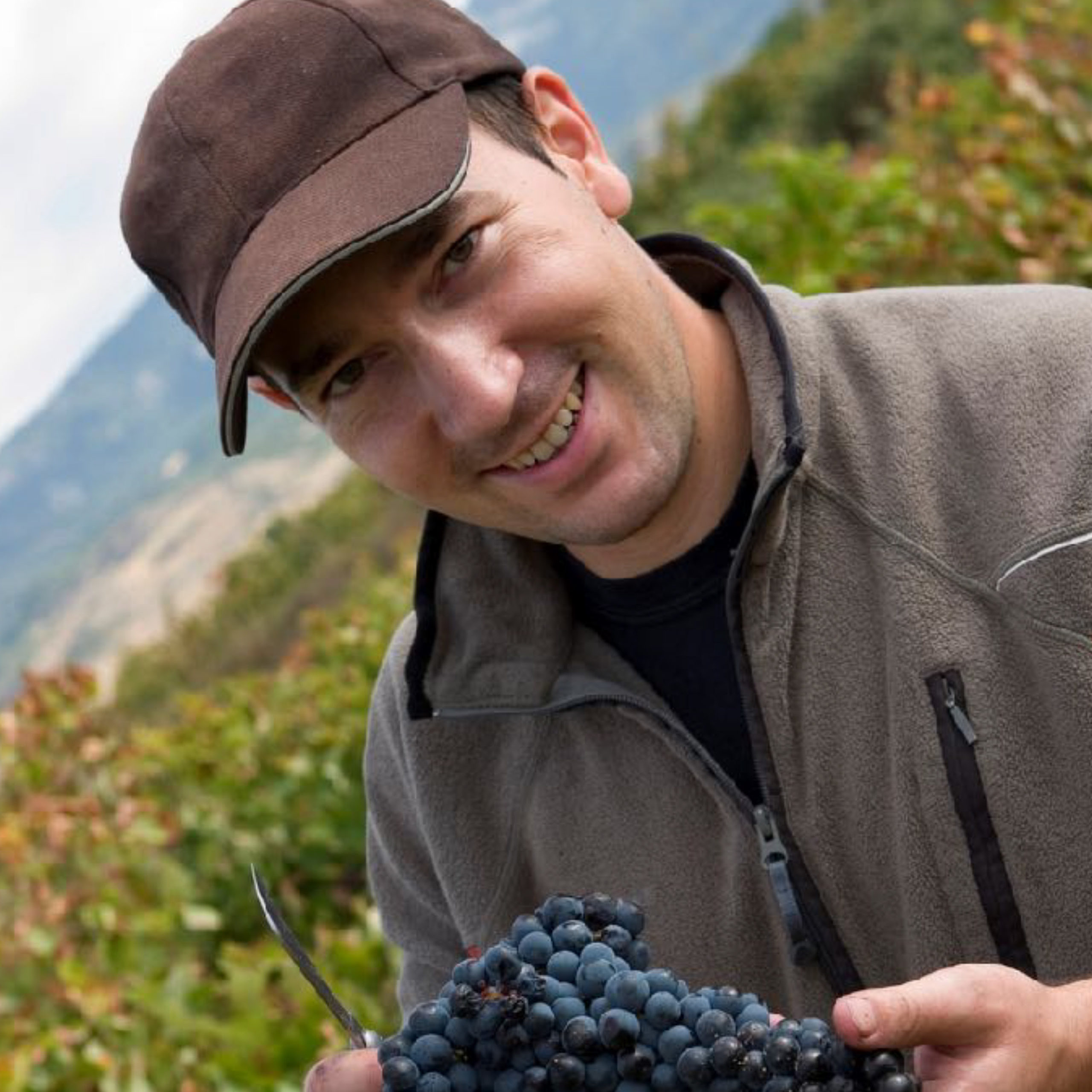
Dealcoholization
There are plenty of ways to make non-alcoholic wine, but at Bodegas Aroa they maintain a strong focus on integrity. They treat their non-alcoholic line with the same artisanal mindset as their conventional bottlings— using minimal intervention to let the grapes’ character shine through. Winemaker Iñaki Olaberri begins by making a regular wine and then separates the alcohol through distillation. The wine passes through a rotating column still at delicate, low temperatures. Because alcohol molecules are heavier than water, they are able to remove them while leaving all of the other components that we know and love about wine intact. It took Bodegas Aroa two years to finesse their process, resulting in a red and white made from Garnacha Tinto and Garnacha Blanca, respectively.
Q: From a viticultural perspective, are specific grapes better suited for dealcoholization?
Pedro: Any grape variety is suitable for the production of non-alcoholic wines. It will depend on the profile that the oenologist wants to obtain to use one [versus] another.
Q: As a winemaker, how is developing N/A wine different than creating regular wine?
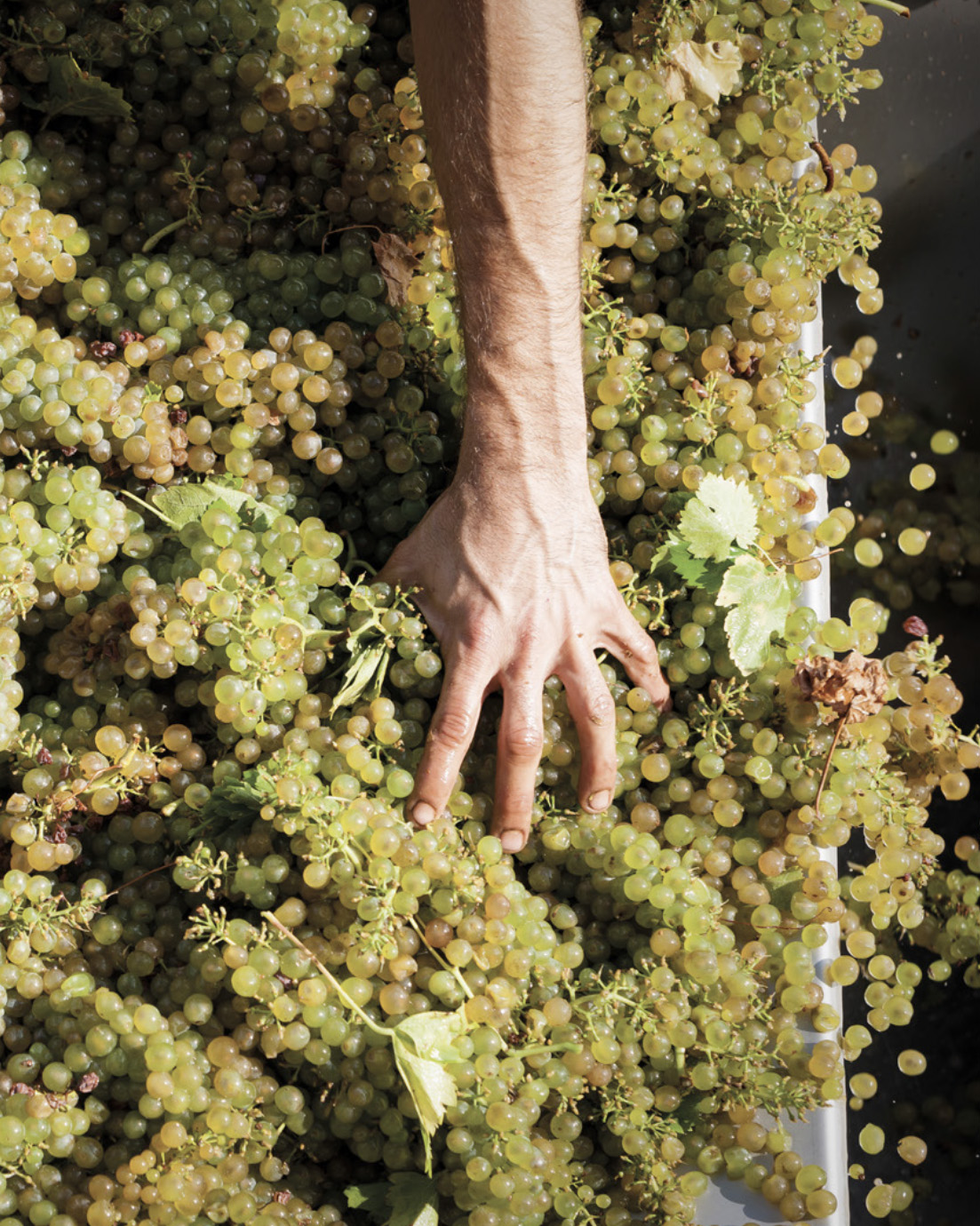
Phenolics are naturally occurring compounds that alter the overall texture, taste, and color of a wine. Even though the alcohol is gone, Bodegas Aroa’s process allows them to preserve beneficial health components, like antioxidants.
Pedro: It is very similar to produce a wine with or without alcohol; the fermentation process is exactly the same. All the variables that affects the creation of wine equally affects the creation of a N/A wine. There is a lot of variability within the normal wines, and there is also a lot of variability within the non-alcoholic wines; everything depends on the attributes that the oenologist wants to highlight in his/hers wines, which is the result of a long journey, from the vineyard to the bottle.
Q: Compared to other N/A wines, how are phenolics affected by dealcoholization?
Pedro: We opt for a very respectful process, with low temperatures, which alters the properties of the wine as little as possible. The phenolic compounds in our zero alcohol wines retain all of their properties— they even have a higher concentration in the resulting wine, because the alcohol has been removed.
Q: For all of those wine buyers out there, why might a non-alcoholic wine be considered non-vintage?
Pedro: Non-alcoholic wines are not considered “wine” by the authorities so it is not mandatory to put a vintage on the label. The legislation includes non-alcoholic wine within the category of juices and other water products, although they have nothing to do with [them]. However, as any regular wine, our N/A wine is made from grapes, has its own vintage, and we do add it on our labels.
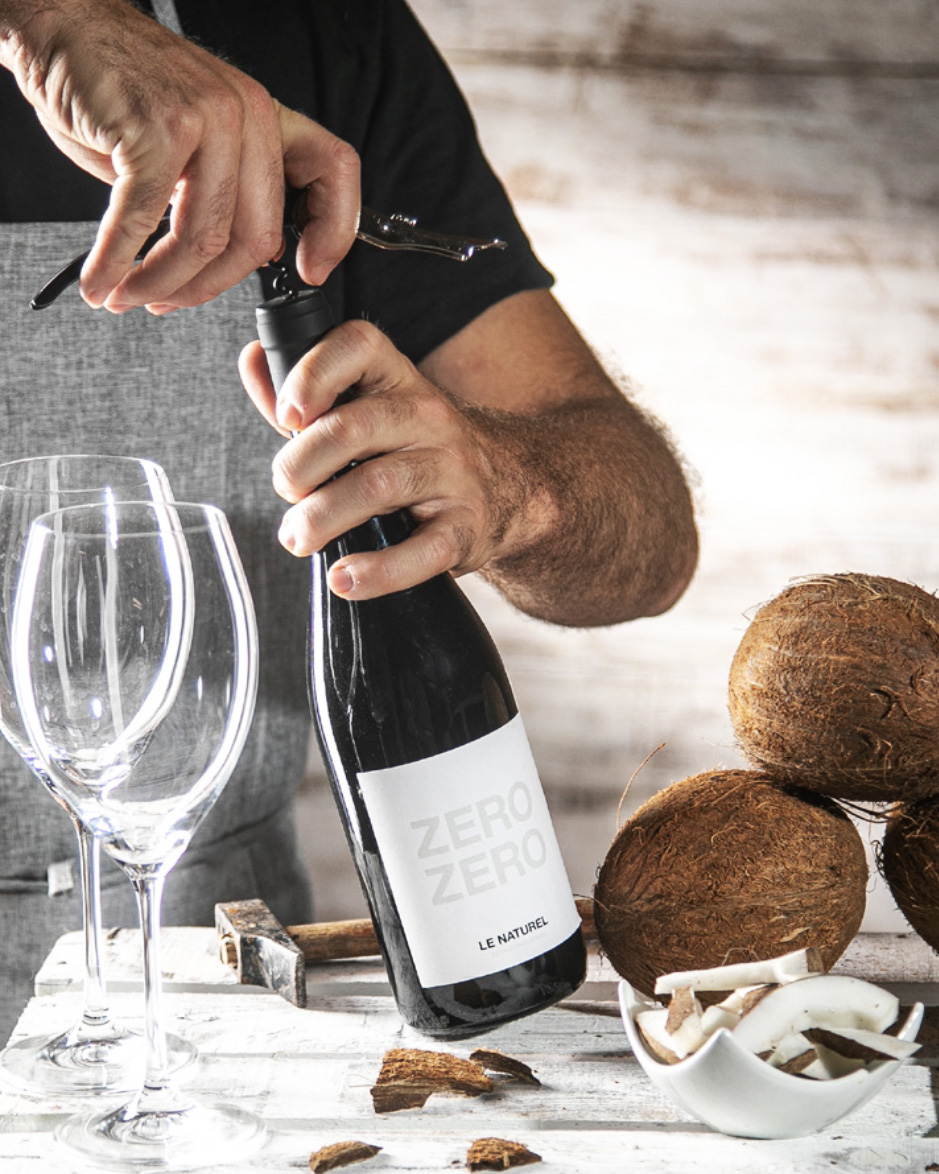
One of the major differences between regular and NA wine is that they are taxed differently. No alcohol? No pesky alcohol taxes…
Pairings and Possibilities
If hospitality is all about the details, then we can’t think of a better way to make every guest feel welcome than with an intentionally-crafted, refreshing alternative to alcohol. The red is lively with notes of liqueur cherries. The white is fruity and floral with a clean finish. The wines are also vegan-friendly, fermented with natural yeasts and, like all of the Le Naturel wines, adhere to the Wineries for Climate Protection Certificate. For mocktails, use Zero Zero red to make a stunning sangria, while the white will add verve to a wine tonic. Of course, it never hurts to ask the resident expert for a personal pairing recommendation:
Q: How do you like to pair the Zero Zero red?
Pedro: The Zero Zero red combines very well with any spicy food, with rice, with pasta and with white meats (chicken, etc.). It is a red wine with great freshness, good acidity and a very elegant texture.
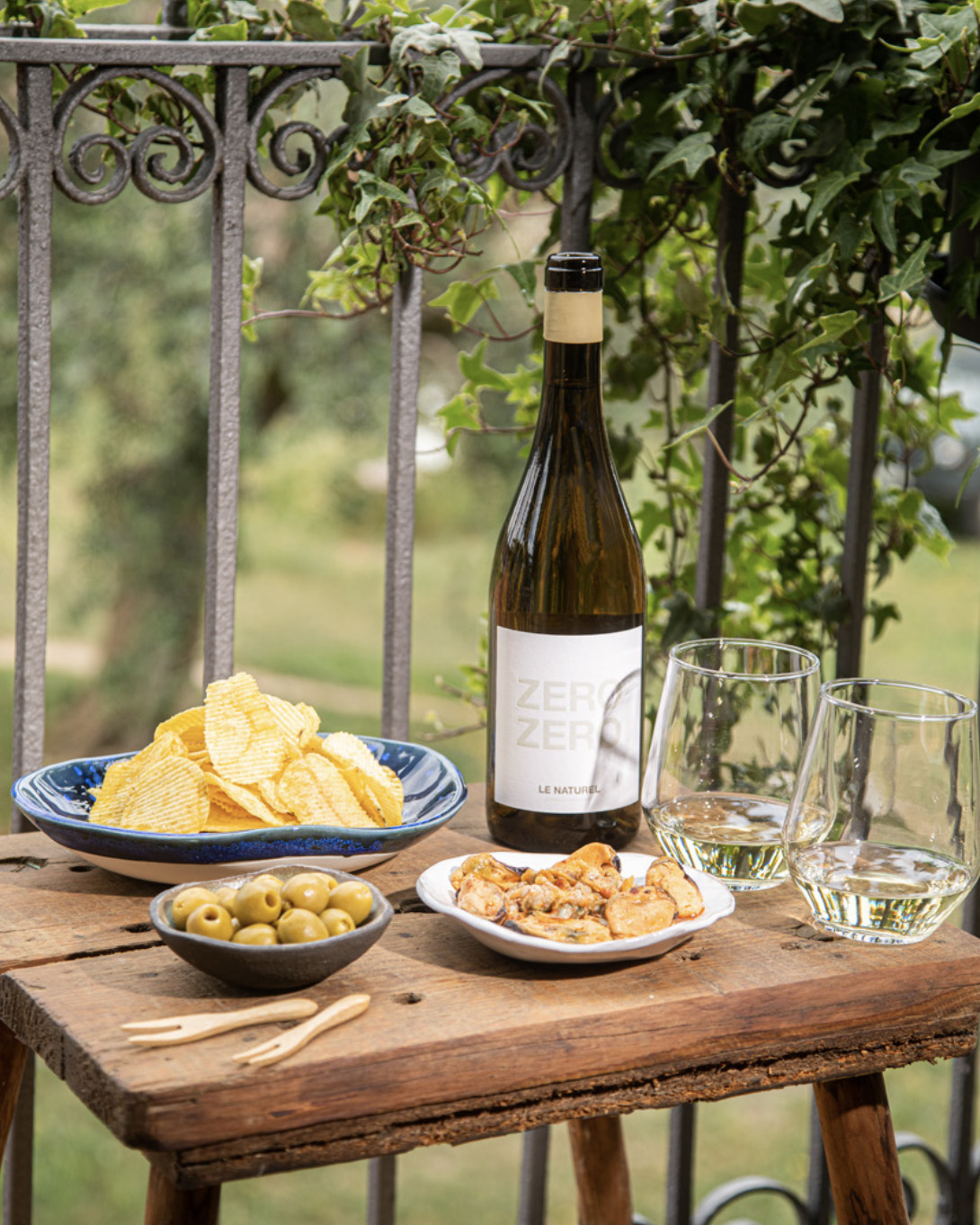
Zero Zero white is perfect for salads, grilled vegetables, seafood and Indian cuisine. We highly recommend making the trek to Pondicherri in Houston for regional Indian dishes paired with a glass (or more) of Zero Zero white.
Higher phenolics, lower taxes, and unlimited pairing potential— it’s no wonder that the market for non-alcoholic wines is trending upward. Whether you’re substituting, sober-curious, or just plain committed to the no-low lifestyle, Zero Zero non-alcoholic wine is here to boost your everyday occasion.

